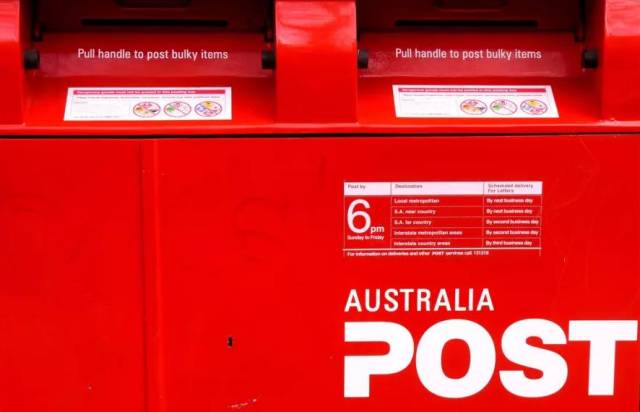 The advisory ‘postal survey’ is on possible federal parliament changes to the 1961 Marriage Act to allow for marriage equality [photo: University of Melbourne, Les Haines, Flickr]
The advisory ‘postal survey’ is on possible federal parliament changes to the 1961 Marriage Act to allow for marriage equality [photo: University of Melbourne, Les Haines, Flickr]
Referendums play an important part in Australian constitutional law and constitutional politics. But in many instances since Australian federation in 1901, the part played by referendums has been to block constitutional reforms and revisions.
Australia’s constitutional system is built on principles of representative government, responsible government, and federalism. Famously described as the ‘Washminster mutation’ by Elaine Thompson, it is a system blending together elements inspired by Britain, the United States, Canada, and Switzerland. Among other things, this blend pairs representative democracy with a particular form of direct democracy.
The Constitution of the Commonwealth of Australia, in force since 1901, provides for the powers of the federal government and for relations between the federal government and the six Australian states. Section 128 makes clear that the Constitution cannot be changed except through a specified referendum process:
- First, a detailed constitutional amendment bill must be passed by the federal parliament. Such bills set out precisely, down to the punctuation, how the Constitution will change if the voters support the amendment at referendum.
- Second, at a nationwide referendum with compulsory voting, the proposed amendment must meet the ‘double majority’ requirement: a proposal must receive not only a majority of voters nationwide, but also a majority of voters in a majority of the six Australian states.
- Third, if the referendum passes the double majority requirement, the Governor-General (as the representative of the Queen of Australia) will sign the constitutional amendment bill into law. The broad strokes of the section 128 process are supplemented by the detail of the Referendum (Machinery Provisions) Act 1984.
This section 128 process has advantages. Unlike British voters at the Brexit referendum, for example, Australian voters are able to know precisely what proposal they are voting on, and they know that a ‘Yes’ vote would mean that that particular proposal would be implemented promptly. This can also have disadvantages, not least for those proposing the change: the requirement to have a concrete proposal gives opponents a target at which to aim their criticism. It can also create strange bedfellows. In the 1999 referendum on whether Australia should become a republic, for example, some of the leading opponents of the proposal were those who supported a republic but would have preferred a different way of electing the President.
Whatever one thinks of the advantages and disadvantages of the Australian section 128 system, it is clear that the system makes it hard for proposed constitutional amendments to succeed. Since 1901, 44 proposals have been put to referendum. Just eight have been successful. Williams and Hume argue that success at a referendum in Australia requires bipartisan support for the amendment, some degree of popular ownership and popular education, ‘sound and sensible proposals,’ and effective referendum machinery.
Ryan Goss is with the ANU Law School, the Australian National University.



